As product marketers, we know how crucial it is to influence how consumers interpret information about our products.
Whether it's a new feature, a brand update, or customer testimonials, understanding the medium through which consumers consume content – whether through reading or listening – can have a significant impact on how they perceive our messages.
Recent research by Shiri Melumad and Robert J. Meyer explores how listening to news versus reading it alters consumers' interpretations. The findings of this study have profound implications for product marketers, especially when considering the shift toward audio content consumption through podcasts, audiobooks, and voice-assisted devices.
Let me take you through some of the key takeaways from the study and how they can apply to our work in product marketing.
Cognitive load: Reading vs. listening
As product marketers, we’re no strangers to the idea of cognitive load – how much mental effort is required to process information. This research suggests that when consumers listen to a news story, they experience a higher cognitive load compared to when they read it.
The primary reason? Listeners don’t have control over the pace of information flow, unlike readers who can pause, reread, or skim. This means that listeners often have to process information as it comes, which can be overwhelming, especially in multitasking environments.
As someone who has worked in product marketing for years, including my tenure as Director of Product Marketing at a tech company, where I helped scale the business and improve global revenue by 90%, I’ve seen firsthand how crucial it is to manage the flow of information in a way that doesn’t overwhelm consumers.
For example, when communicating new product features to customers, we have to ensure that the messaging is clear, and the flow of information is digestible. If we bombard them with too many details too quickly, they might tune out – or worse, misunderstand our product’s value proposition.
Selective attention: Emotional arousal and interpretation
One of the fascinating findings from this study is that listeners tend to focus more on emotionally arousing content, particularly negative details, than readers do.
This means that when consumers listen to a story, they are more likely to be swayed by emotionally charged information – especially if it’s negative. For instance, in a mixed-news story about a product's risks and benefits, listeners would focus more on the risks, potentially leading to a more pessimistic interpretation of the product.
In the context of product marketing, this insight is gold. Negative reviews, unhappy customer experiences, or even potential downsides of a product can loom larger in consumers’ minds when presented via audio, compared to written content where they might absorb the full spectrum of details more evenly.
For example, when launching a new tech product, if the initial audio-based advertisements or podcast interviews focus too heavily on the product's challenges or limitations, listeners might form a more negative impression than intended.
This underscores the importance of carefully balancing positive and negative messaging, especially in audio formats.
How we use this in product marketing
The implications for product marketing are clear: when engaging with customers, we need to tailor our approach based on the medium they are consuming.
If a consumer is listening to content (such as a podcast or audio review), we might want to ensure that the positive elements of our product are given equal, if not more, emphasis compared to the potential drawbacks.
Conversely, when using written content, we have more control over pacing and can ensure a more balanced representation of our product’s benefits and risks.
Additionally, this study brings to light the importance of emotional engagement in storytelling. As product marketers, we often rely on emotional triggers to convey the value of a product.
Whether it’s through storytelling, case studies, or customer testimonials, we know that consumers are more likely to form lasting impressions when they feel an emotional connection.
The research suggests that audio content, due to its ability to evoke stronger emotional responses, could be a powerful tool for engaging audiences.
Case study: One tech company’s messaging approach
As CEO at Caribou Strategic, I’ve seen these concepts play out in real life. With one company where I helped improve customer retention by 31% by leveraging behavioral data, we were constantly refining how we communicated with our users.
We realized that when we communicated through email and blog posts (primarily written formats), we could provide a lot of detailed information, allowing consumers to digest the content at their own pace. However, when we used audio formats, such as podcast interviews and customer success stories, we had to be more strategic.
The emotional arousal induced by hearing a customer’s story about how our product saved lives meant that we had to ensure the tone conveyed optimism and empowerment, focusing on the positive outcomes.
The takeaway for product marketers
In the world of product marketing, we must always consider how our target audiences are consuming our messages. Whether it's via written content, podcasts, or voice-activated devices, the medium matters. Consumers' interpretations of our products can vary dramatically depending on whether they read about them or hear about them.
This is why understanding how emotional engagement and cognitive load work in different formats can help us tailor our messaging to ensure that we’re providing a balanced, engaging, and ultimately persuasive experience.
As we see more consumers gravitate toward audio as their preferred content format, it’s crucial that we refine our strategies to optimize for this shift.
By doing so, we can ensure that our messages resonate more deeply, helping customers not only remember the details of our products but form more accurate and positive impressions of them.





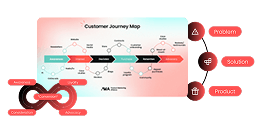




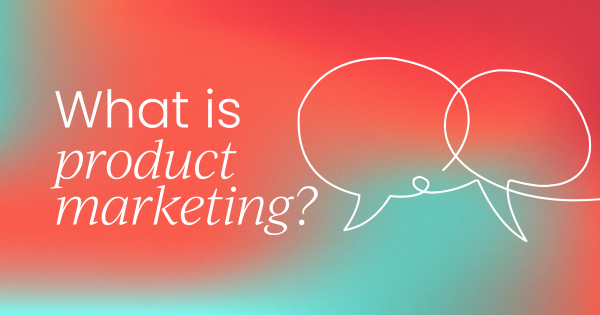
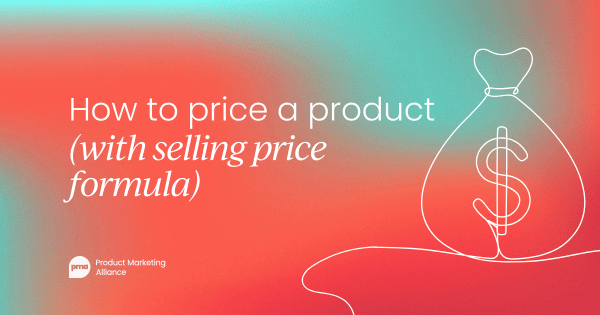
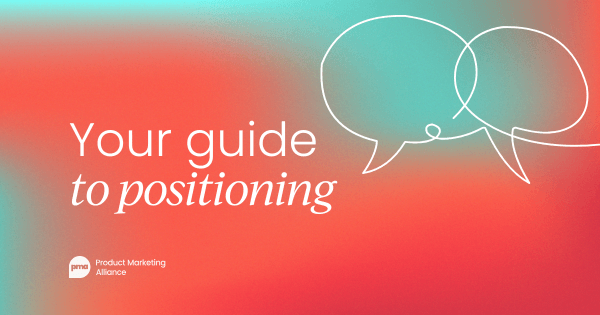
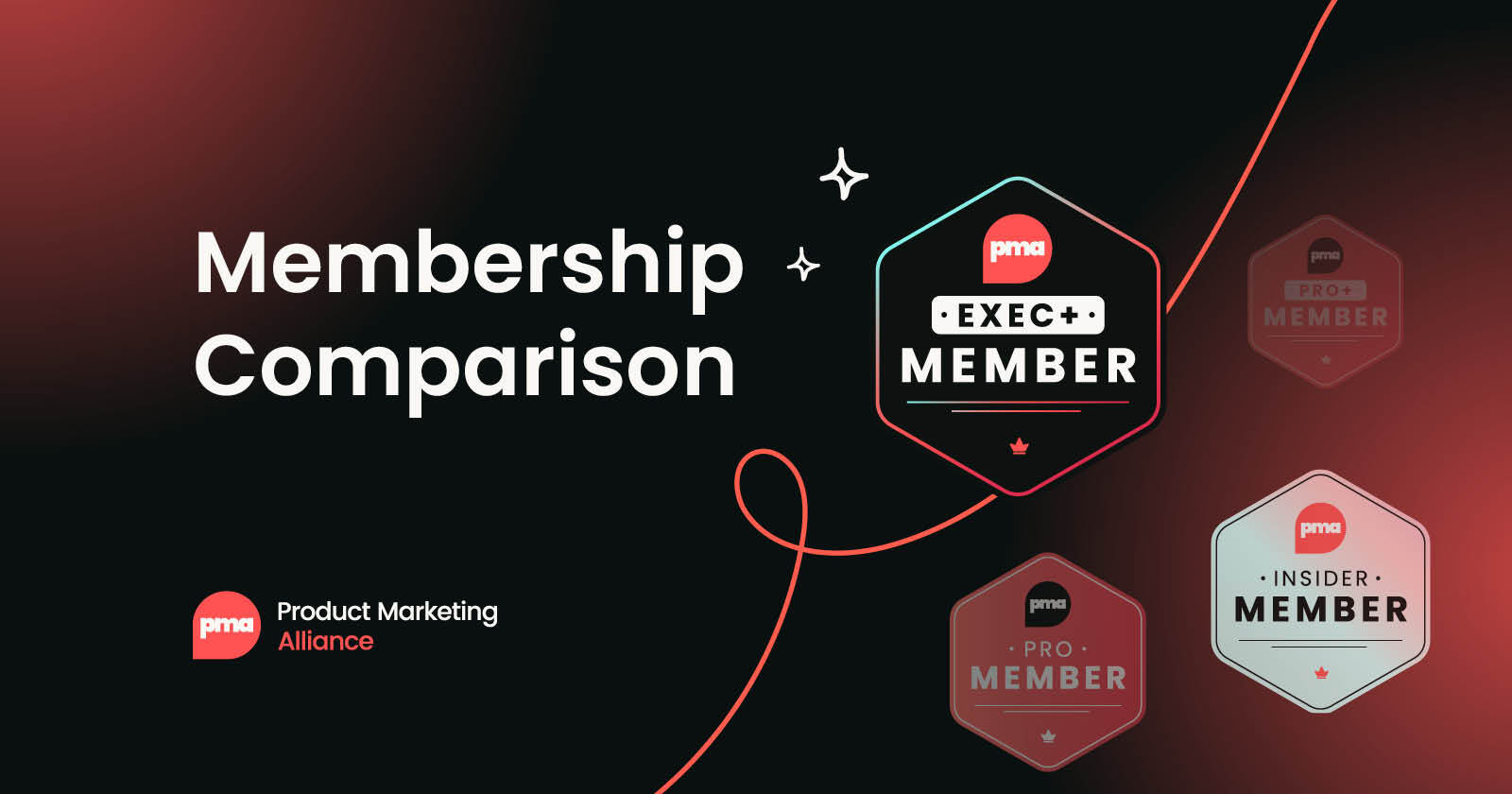


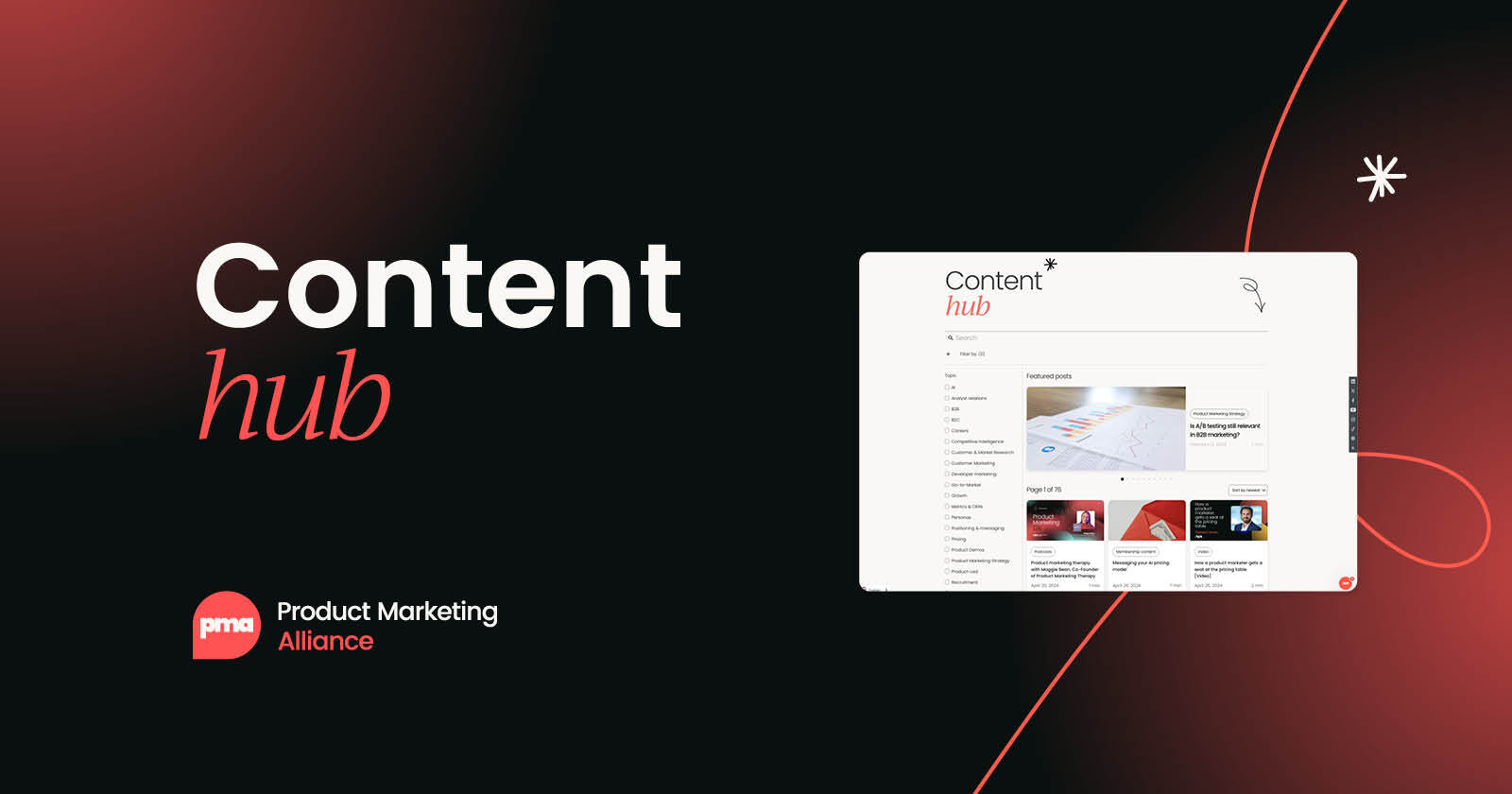

 Follow us on LinkedIn
Follow us on LinkedIn

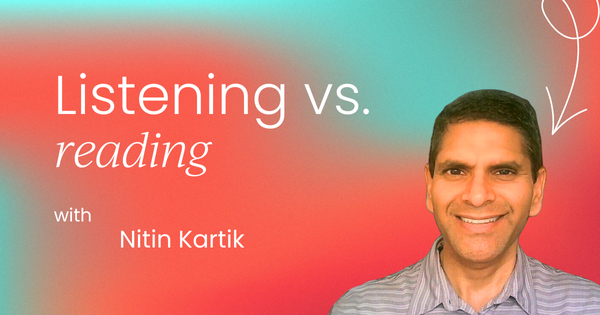


.svg)
Start the conversation
Become a member of Product Marketing Alliance to start commenting.
Sign up now